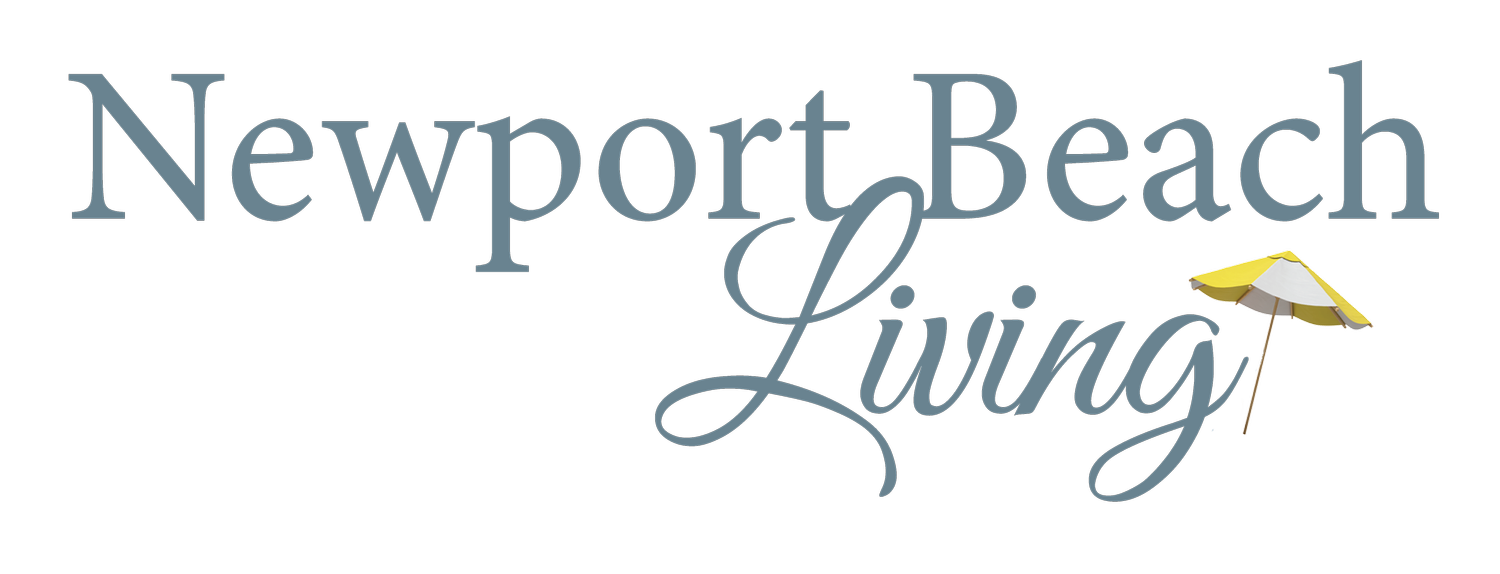ADHD Awareness Month
By: Karen Odell-Barber
Now that kids are off to college and back to school, it’s a great time to highlight that October is ADHD Awareness Month. Did you know that there are 23 different kinds of attentional differences and 11 mimics? Before I worked at Neurologics, I didn’t either.
Attention deficit hyperactivity disorder (ADHD) is a common neurodevelopmental disorder that affects both children and adults. It is characterized by difficulty paying attention, hyperactivity, and impulsiveness.
ADHD is one of the 23 different kinds of attentional difference. To clarify, not all forms of attentional difference involve hyperactivity.
One of the biggest challenges facing people with ADHD is that it often goes undiagnosed. According to the CDC, one in five children have ADHD, but only about half of them are diagnosed.
There are several reasons for this. Sometimes, the symptoms of ADHD are mistaken for other disorders, such as anxiety or depression. Other times, people with ADHD can compensate for their symptoms and they don’t seek help. There is also fear of stigma and a reluctance to be labeled.
ADHD is a form of learning difference. If you have ever attended a Neurologics webinar, you have heard me respond to the question, “What is the difference between a learning disability and a learning difference?” “There is no difference; it’s semantic. We all learn differently, but I would much rather be labeled different than disabled.” I routinely share that I was diagnosed with a profound learning disability during my last semester of grad school.
The consequences of undiagnosed ADHD can be significant. People with undiagnosed ADHD may have difficulty in school, at work, and in their relationships. They may also be more likely to engage in risky behaviors, and substance abuse.
In addition to ADHD, there are other disorders that can co-occur along with ADHD. These include:
Anxiety
Depression
Learning differences
Conduct disorder
Oppositional defiant disorder
Substance abuse
Early diagnosis and intervention can make a big difference. I tell families that information is power, and you can solve any problem if you actually know what the problem is. Diagnosis and Assessment provide a plan, and the plan helps families deploy resources more effectively.
Research shows that science-driven diagnosis and assessment is more accurate than paper instrument testing. To look at the brain under task, while it is thinking, at the speed of thought is very different than taking an inventory and checking a few boxes on a piece of paper.
With the right support, people with ADHD can thrive in school, work, and life. As the founder of Neurologics, a medical technology company that has used brain mapping and optimization to help thousands of kids and adults with ADHD, I know from experience the amazing transformations that are possible.
For more information about Neurologics, visit: www.neurologics.com

